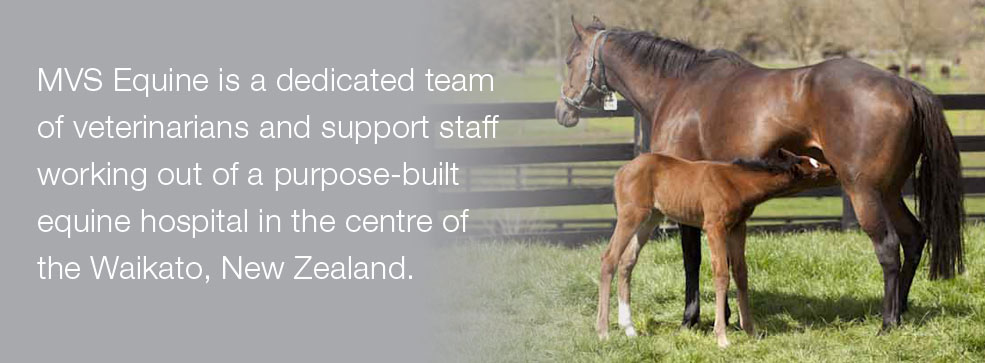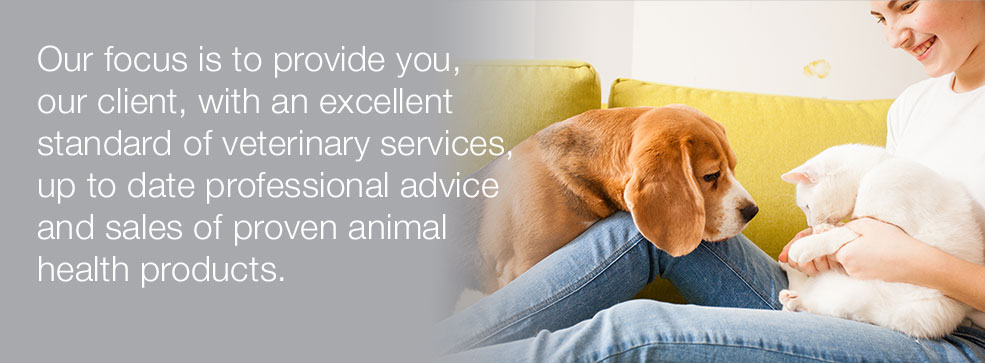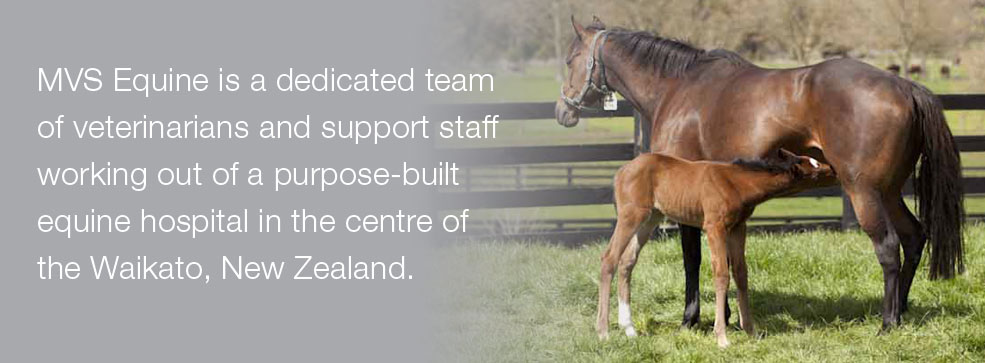Dentistry
Dentistry
November 21, 2011
Everybody who works with horses has an opinion about horses’ teeth. When should they be done, by whom and how often? Do you take wolf teeth out?And do you need to use sedation? There has recently been debate, at times heated, around the world about who should be doing horses’ teeth. Basically someone competent and who has undergone formal training gets our vote. There are not enough vets in the country to properly do all the horses’ teeth. Correspondingly some horses will require sedation to be done properly and some will require procedures greater than just routine rasping provided by a lot of equine dental technicians. This is where we can definitely help.
A routine dental examination and rasping is designed to serve four purposes:
- to remove sharp enamel points
- to improve mastication (chewing), which enhances the digestion of feedstuffs
- to alleviate stress on abnormally worn teeth
- to prevent discomfort associated with the bit.
A dental care programme actually starts from when a foal is born, as we inspect them at this time for any birth defects like a parrot mouth (over shot) or sow mouth (under shot), or a cleft palate. The next examination should coincide with yearling preparation at around nine months of age. This is also the time when all of the deciduous (temporary) teeth have erupted. At this time we should be removing sharp enamel points, any developing hooks, and considering removing any wolf teeth.
The horse, at this time, is also learning to accept a bit. Bits are for communication and it is not necessarily the type of bit used but rather how it is used (or misused) that can cause a problem. Trauma associated with a bit can be due to excessive pressure on the bars or soft tissue injuries to the tongue or cheeks. The cheeks are pulled back onto the edges of the first cheek teeth, especially the lowers, and if these are sharp, severe ulceration and pain will occur.
It is sensible to have a dental examination and rasp before breaking in, to reduce oral trauma and pain during this impressionable first phase of education. Bit seating is a commonly performed technique but the term is somewhat misleading, as the teeth are not actually shaped to fit the bit. In fact the bit should not be in contact with the teeth at all if it is used correctly. The concept of a bit seat is to remove the sharp prominences on the first cheek teeth that can damage the soft tissues if they are pulled hard against them. This involves essentially rounding them off. Care must be taken not to be too aggressive as it is unnecessary and may risk exposing the pulp cavity and introducing infection, especially when machine tools are used.
It is without doubt that a full mouth speculum (gag) must always be used to allow a detailed and thorough oral examination and proper routine rasping of the dental arcades. To enable this to be done safely for the horse, the handler and the person performing the examination, sedation may often be required. This needs to be assessed on a horse by horse basis. Only veterinarians may use intravenous sedatives legally in New Zealand. Wolf teeth are small (usually 1 to 2 cm) with variable size roots (0.5 to 3 cm). They erupt at between 6 to 12 months of age and can occur on the lower jaw but are more commonly on the upper jaw just in front of the first cheek tooth. Some are lost when this first temporary cheek tooth is lost at around 30 months of age. They are blamed for many behavioural problems and for interfering with the bit and are therefore frequently extracted. One argument is that they never do any good, and may sometimes do harm, so remove them. However it is also generally accepted that enlarged, abnormally placed wolf teeth are more likely to cause a problem so are good candidates for removal. Whereas normal sized and placed wolf teeth, especially in older horses showing no signs of a problem, are probably okay.
Removal is not necessarily an innocuous procedure as the roots are sometimes large, deeply embedded, and a major artery runs close by (the palatine artery). Infections and fracturing the tooth off above the gum line when attempting to remove the tooth may result in an ongoing painful local swelling.
In summary, horses up to five years of age should have their teeth checked more often (every 6 to 12 months). This is a time of rapid change in the horse’s mouth and they are going to erupt 40 teeth during this time. Serious problems can be managed or prevented with proper early intervention.




